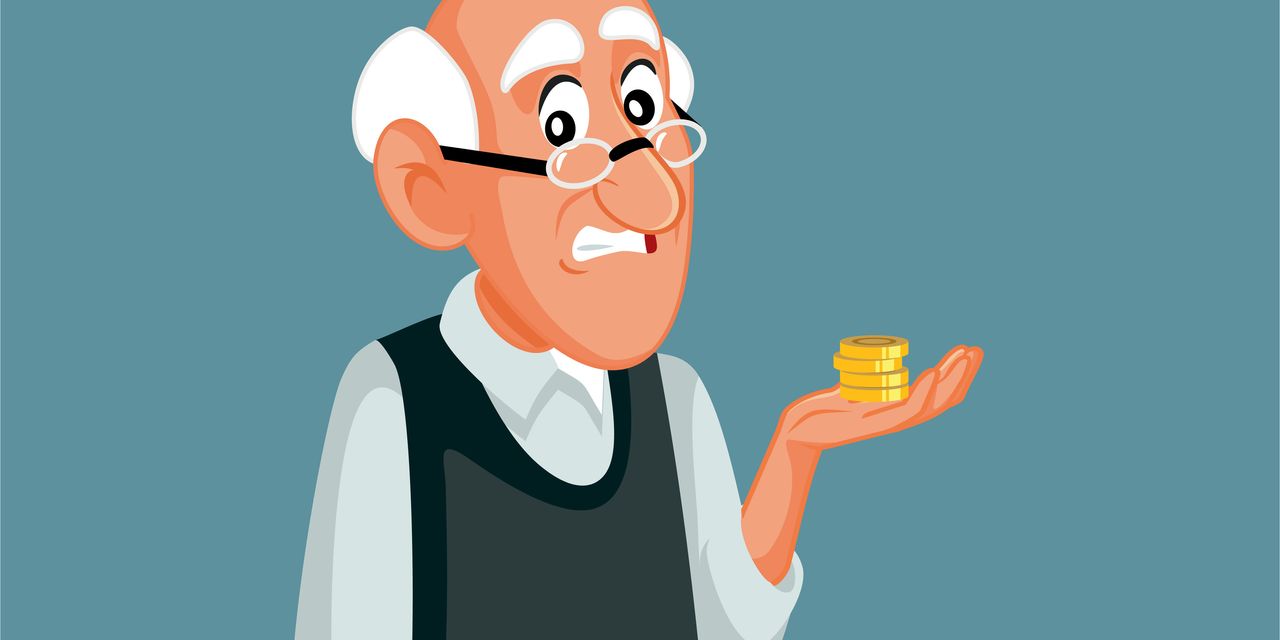Turns out Americans aren’t sitting on a big pile of savings to help them endure high inflation or another recession.
The U.S. savings rate fell to a 14-year low of 3% in June and was still just 3.5% at the end of August, updated government figures show.
That’s a lot lower than previously reported — and it could have big implications on whether the economy can avoid a second recession in four years.
Many economists believed households had enough savings to help them cope with rapidly rising prices. Inflation has jumped 8.3% in the past year to mark the fastest increase since the early 1980s.
Some even thought relatively high savings could enable Americans to spend enough to avert a looming recession. Consumer spending drives about 70% of what goes on in the economy.
Yet the government’s annual redo of household finances suggests Americans have far less of a cushion than previously believed.
Just last month, the government reported the savings rate at 5% in July. And at the end of 2021, the savings rate stood at relatively high 8.7%.
Newly revised data put the savings rate much lower. The savings rate was just 3.5% in July, down from a revised 7.5% in December.
The lower savings rate might not be huge deal if it were simply the result of government miscalculations. What’s more worrisome is how quickly it’s fallen.
High inflation deserves a large share of the blame, economists say.
“The hardship caused by inflation means that consumers are dipping into their savings to finance their outlays,” said chief economist Gregory Daco of EY Parthenon.
Even the current savings rate might overstate the ability of Americans to spend. The bulk of the savings is in the hands of small businesses and upper-income Americans. Middle-class and poorer people have less savings and thus less ability to spend.
Economists aren’t convinced, however, that Americans have used up the bulk of the savings during the pandemic, when the federal government doled out trillions of dollars in benefits.
Chief economist Ian Shepherdson of Pantheon Macroeconomics estimates Americans have used up about 30% of their pandemic savings, but there’s still $1.4 trillion or more in “excess” savings still available. Some suggest the savings stockpile is even bigger.
That’s “more than enough to stave off recession next year if people choose to run it down,” he said.
The problem is, recessions tend to cajole people to save more in case something bad happens to them. Losing a job, for instance, or facing an unexpected medical or other bill.
“Consumers will face difficult times in 2023, and they could pull back on their spending as the labor market softens, pushing the overall economy into recession,” said chief economist Gus Faucher of PNC Financial Services.

